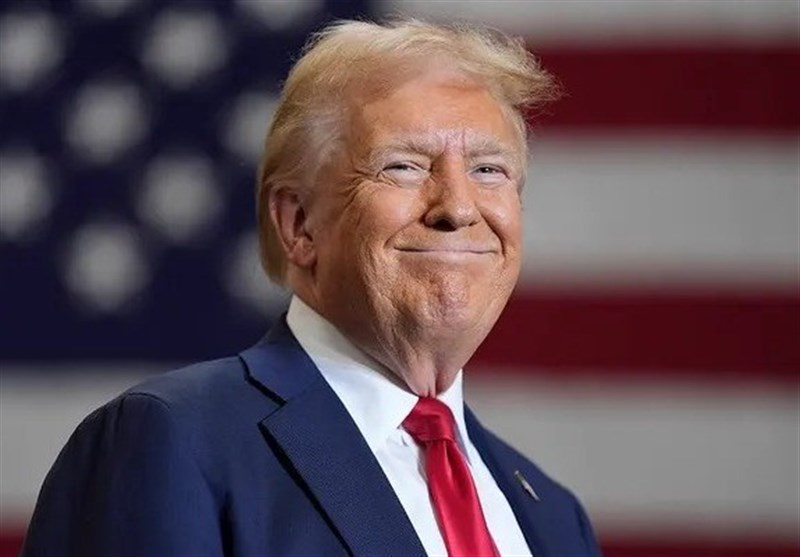Explore Donald Trump’s 2025 tariff proposals targeting imports, addressing the fentanyl crisis, and reshaping U.S. trade policy. Learn how they could impact global trade, markets, and key industries.

Introduction
As Donald Trump prepares for a potential return to the White House in 2025, his proposed economic policies have reignited debates about protectionism. Central to his agenda are broad tariffs aimed at reducing America’s reliance on foreign manufacturing while addressing domestic challenges like the fentanyl crisis. This blog explores the intricacies of Trump’s tariff strategy, its intended goals, and its potential consequences for trade, financial markets, and key global industries.
Overview of Trump’s Tariff Strategy
Trump’s economic philosophy centers on reshoring jobs and promoting domestic production through aggressive trade measures. Here are the main components of his proposed 2025 tariff policies:
- Universal Import Tariff:
A proposed 10% tariff on all imports would make foreign goods more expensive, incentivizing U.S. companies to localize production. While this measure could strengthen domestic industries, it risks escalating costs for consumers and increasing inflation. - Targeted Tariffs on Key Nations:
- China: As a continuation of his first-term policies, Trump aims to impose higher tariffs on Chinese imports, particularly in technology and manufacturing. This move seeks to curb China’s economic influence while protecting U.S. industries.
- Mexico: Tariffs as high as 100% are proposed for Mexican goods, especially in industries linked to Chinese-owned factories. These measures are also tied to addressing immigration and fentanyl trafficking concerns.
- Tariffs Linked to Fentanyl Crisis:
The fentanyl epidemic has become a major policy focus. By imposing tariffs on countries allegedly complicit in the trafficking of fentanyl, such as China and Mexico, Trump aims to pressure these nations into stricter enforcement.
Implications for Global Trade
Impact on U.S. Industries
The proposed tariffs could provide short-term benefits to American manufacturers by reducing competition from foreign goods. However, the reliance on imported components in industries such as electronics, automotive, and pharmaceuticals means these sectors might face increased production costs. For example, many consumer electronics rely on Chinese-manufactured parts, and higher tariffs could lead to price hikes.
Effects on Trading Partners
- Canada: As a close trading ally, Canada’s economy could be disrupted by blanket tariffs. However, experts predict Canadian oil exports might be spared, given their critical role in U.S. energy security.
- China: The escalation of tariffs could exacerbate tensions between the two largest global economies, potentially leading to retaliatory measures. Past trade wars have demonstrated how such conflicts can disrupt supply chains and slow global economic growth.
Potential for Trade Realignment
Countries affected by U.S. tariffs may seek alternative trade partners, reducing reliance on American markets. This shift could benefit emerging markets and encourage new alliances among trading nations.
Financial Market Reactions
Volatility in Stock Markets
Major financial indices like the Dow Jones Industrial Average (DJIA) are sensitive to trade policy changes. Increased tariffs may trigger uncertainty, leading to market sell-offs. Conversely, domestic-focused industries such as utilities and real estate might benefit from reduced foreign competition.
Currency Fluctuations
The U.S. dollar could strengthen as global investors seek a safe haven amid trade disruptions. However, a stronger dollar might hurt U.S. exporters by making their goods less competitive internationally.
Addressing the Fentanyl Epidemic Through Tariffs
Trump’s linkage of tariffs to the fentanyl crisis marks a novel use of trade policy. By targeting imports from nations involved in the illicit drug trade, these tariffs aim to apply economic pressure for stricter law enforcement. While unconventional, this approach underscores the administration’s intent to prioritize public health alongside economic goals.
Challenges and Criticisms
- Consumer Impact:
Higher tariffs could lead to price increases across various consumer goods, disproportionately affecting low- and middle-income households. - Global Retaliation:
Countries affected by U.S. tariffs might respond with their own trade barriers, impacting American exporters and escalating trade tensions. - Legal and Diplomatic Hurdles:
Implementing such sweeping tariffs may face legal challenges under international trade agreements. Diplomatically, these measures could strain U.S. relationships with allies like Mexico and Canada.
Strategies for Businesses to Adapt
- Supply Chain Diversification:
Companies should explore alternative sourcing options to mitigate risks from targeted tariffs. For example, relocating production from China to other Asian nations might reduce exposure. - Inventory Management:
Importers can stockpile goods before new tariffs take effect, minimizing immediate cost increases. - Contract Adjustments:
Businesses may renegotiate supplier contracts to account for potential tariff hikes, shifting the burden of additional costs to exporters.
Conclusion
Trump’s 2025 tariff proposals represent a bold attempt to reshape U.S. trade policy while addressing domestic challenges like the fentanyl epidemic. While these measures may bolster certain sectors and encourage domestic production, they also risk inflating consumer prices, disrupting global supply chains, and straining international relations. As these policies evolve, businesses and consumers must prepare for potential economic and market shifts.